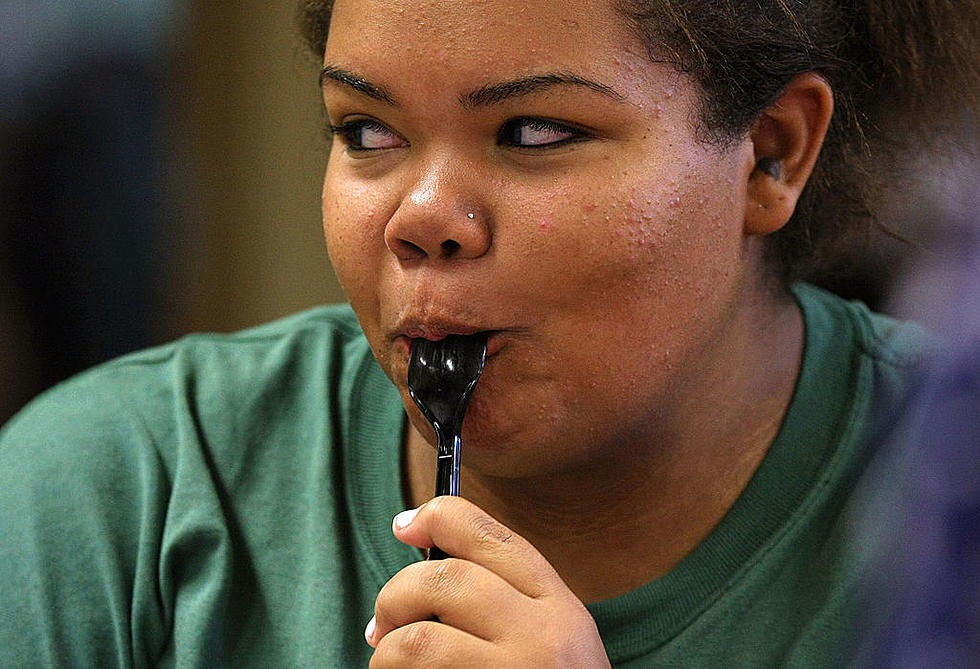
Hernando’s Hide Out — Strange Alabama
Understandably, Native Americans aren't big fans of Hernando de Soto after he enslaved and even killed some of their ancestors in his quest to relieve the Southeast of it's gold. The arrival of de Soto and his Spanish expedition in 1540 AD marked the beginning of recorded history in Alabama. Though they bare his name, there is no evidence that de Soto ever actually stayed in one of DeSoto's Caverns.
Local legends claim that in addition to it's Native American history, the cave was a source of minerals during the Civil War and during WWII, there was a dance floor and honky-tonk.
A woodland Indian burial site or "Copena" was discovered in the caverns in 1965 by a team of archaeologists from the University of Alabama. It contained the skeletons of five Indians, one of whom was a child and an immense jawbone that scientists believe belonged to a man who was more than seven feet tall.
Years later, DeSoto Caverns Park officials allowed a group of Native Americans to rebury the remains of these Indians in an undisclosed area of the cave.





